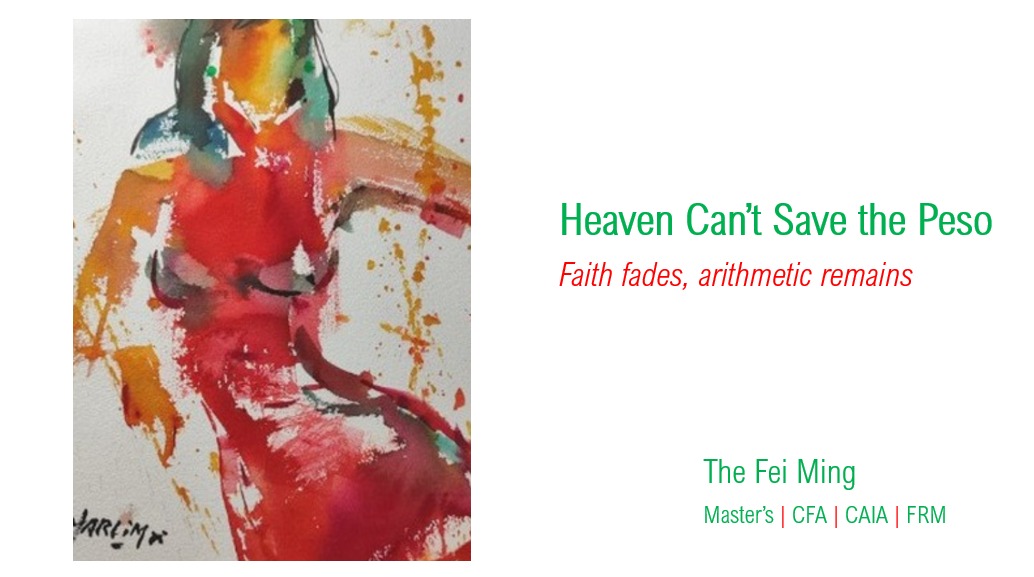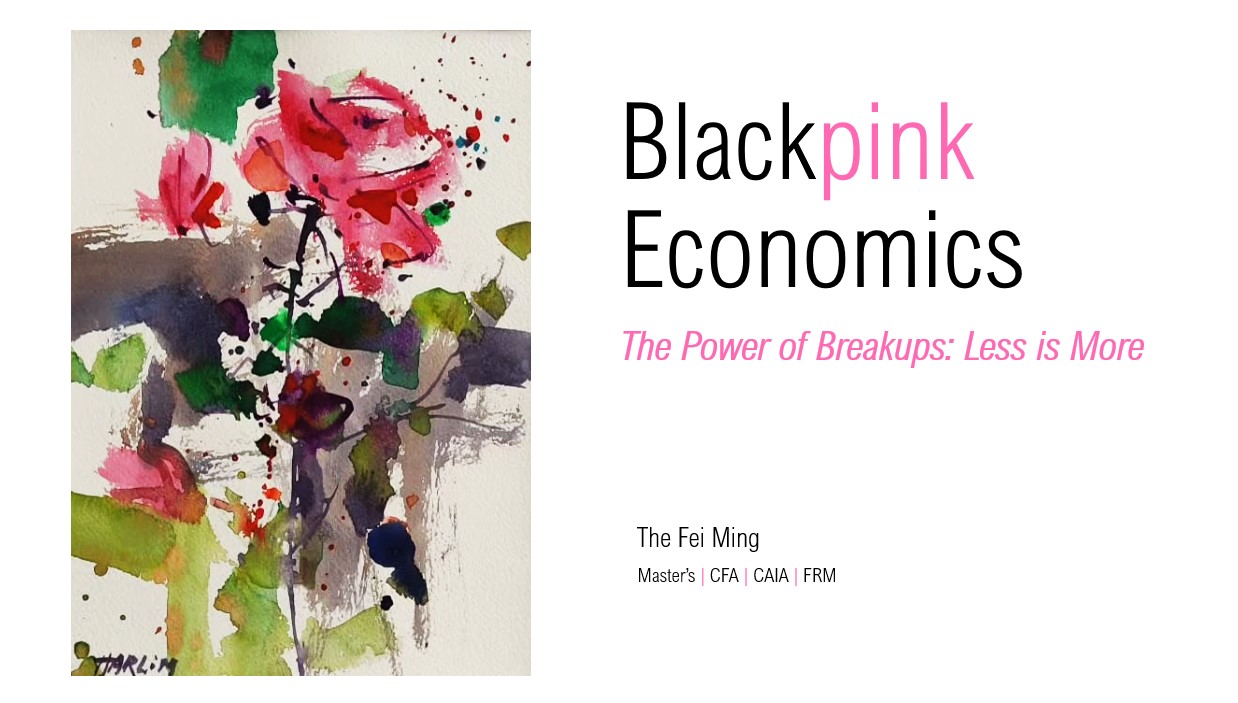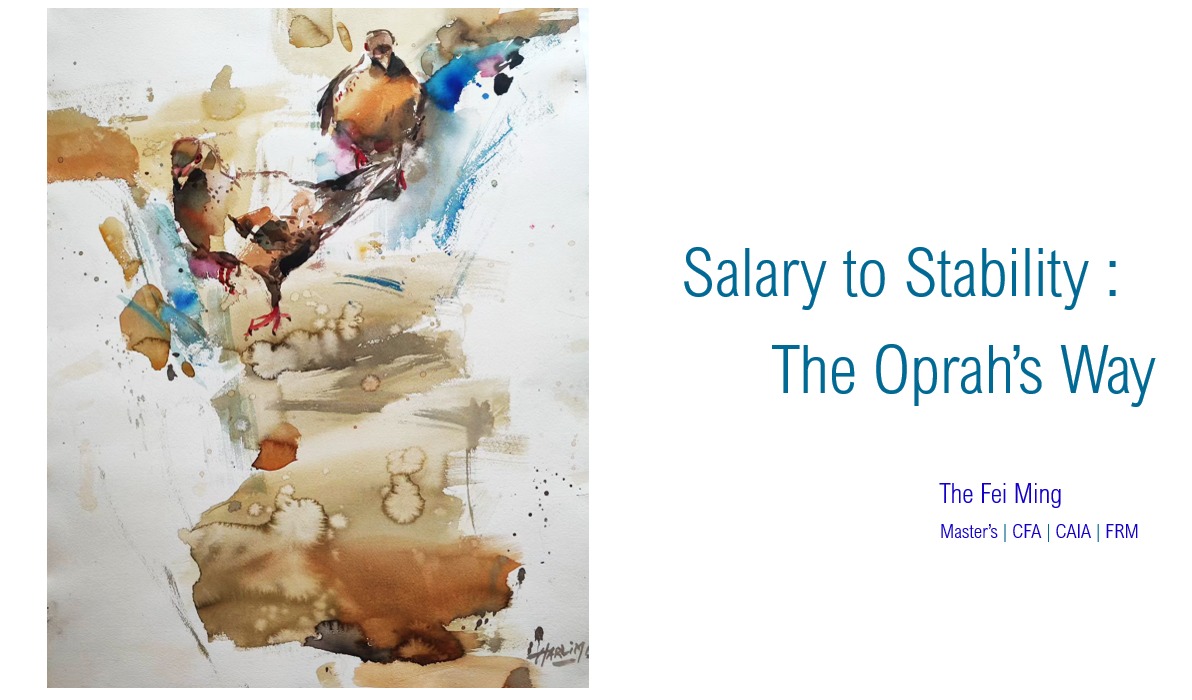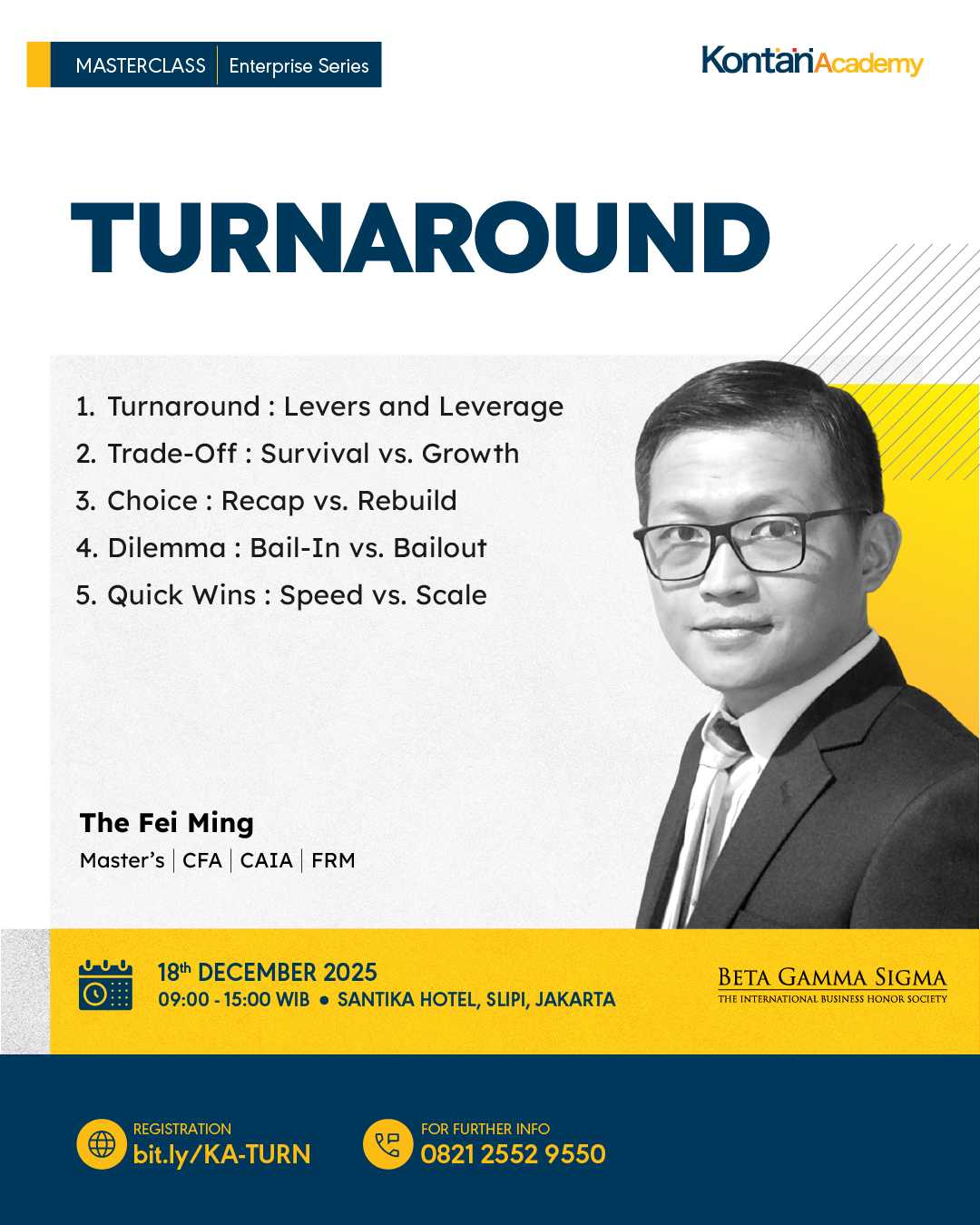Skin in the Game: Volcker to Powell, Who Paid the Price?

Tokyo Dome, February 11th, 1990 — a night that shattered certainties. James "Buster" Douglas stepped into the ring not just to fight the undefeated Mike Tyson, but to stake everything he had. He wasn’t expected to win—his record read 29 wins, 4 losses—nothing spectacular. But what Douglas had was rare: Skin in the Game.
Tyson was the embodiment of invincibility: 37–0, 33 knockouts, a fighter who demolished legends like Larry Holmes and Michael Spinks with almost casual brutality. Douglas, in contrast, had just lost his mother, trained in isolation, and carried no illusions. For him, this wasn’t just a fight—it was life. Round 10. Knockout. History rewritten.
This moment captured something deeper than boxing. It’s the essence of conviction, risk, and ownership. Skin in the Game isn’t just about personal investment—it’s about alignment and consequence. When things go wrong, do you bleed with the others?
In finance, business, and life—the difference between passengers and pilots, bystanders and builders—comes down to this principle. Warren Buffett placed his capital, name, and reputation inside Berkshire Hathaway. Jeff Bezos walked away from a prestigious hedge fund to bet everything on Amazon. They didn’t just play—they lived the game.
Public markets can allow asymmetry: upside participation, downside insulation. But in some corners of private capital, the rules are stricter. General Partners are expected to co-invest—not only to incentivize performance, but to create true alignment. Ambition is easy. Pain is revealing. Skin in the Game means your money, your name, your decisions—on the line.
History remembers those who absorbed the cost of their decisions. Mount Rushmore immortalizes four presidents—Washington, Jefferson, Roosevelt, Lincoln—not for popularity, but for how much they gave and what they risked. Washington didn’t just command from afar—he led from the front. Lincoln didn’t merely legislate—he wagered the nation’s unity on moral conviction. Skin in the Game isn’t a slogan; it’s a litmus test for legacy.
Seventeen miles from Rushmore stands the unfinished Crazy Horse Memorial. Crazy Horse, who resisted westward expansion, led warriors at the Battle of the Little Bighorn, and refused to sign any treaty with the U.S. government, belongs among these figures for a reason: he carried his values to the end—without compromise, without hedging.
I have never been to South Dakota, but I have stood in the U.S. Capitol. There, surrounded by murals like The Declaration of Independence and The First Reading of the Emancipation Proclamation, you’re reminded that America’s ascent was built not merely on intellect, but on sacrifice. Franklin, Jefferson, Hamilton—they didn’t just theorize the Republic. They bet their lives, their fortunes, and their sacred honor.
This begs the modern question: what about the Fed’s chiefs? Do they have Skin in the Game?
Since 1913, the Federal Reserve’s dual mandate—price stability and full employment—hasn’t changed. But its execution has. Let’s examine five recent Chairpersons through the lens of Skin in the Game.
Paul Volcker entered in 1979, facing 11% inflation. His response was immediate and brutal: interest rates up to 20%. It triggered a recession, spiked unemployment, and earned him vilification. But it worked. Inflation fell to 1.9% by the end of his term. Volcker didn’t hedge—he led. That’s Skin in the Game.
Alan Greenspan, in contrast, presided over the longest tenure. His mid-90s rate hikes seemed ill-timed—tightening policy during low inflation. Then came the overcorrection: rates down to 1%, which helped inflate the housing bubble. A brilliant mind, yes. But Skin in the Game? Not quite. He bore little of the aftermath.
Ben Bernanke took office on the brink of collapse. When Lehman fell, he let it. When the system faltered, he acted—cutting rates to zero, initiating quantitative easing, and reshaping central banking. Agree or not, Bernanke was in the trenches. He didn’t protect institutions—he protected the system.
Janet Yellen, in her short tenure, was a steady hand. Her decisions didn’t shake markets—but perhaps, neither did they reveal much conviction. Her legacy may be one of continuity more than courage.
Jay Powell inherited a post-COVID economy on steroids. At first, he hesitated—misreading inflation as transitory. But eventually, he turned hawkish—raising rates in bold 75-basis-point strides. Whether he’ll stay the course remains to be seen. The real test of Skin in the Game isn’t in one rate hike—it’s in absorbing the blowback when things get hard.
Skin in the Game isn’t about perfection. It’s about ownership. It’s about consequences. It’s about not asking others to endure what you’re not willing to endure yourself.
Douglas stepped into the ring with Mike Tyson. Volcker raised rates despite mass protest. Lincoln signed the Emancipation Proclamation knowing it could tear the country apart. These are people who didn’t just make decisions—they shared in the risk of those decisions.
As Darwin noted, it’s not the strongest who survive, but the most adaptable. I would add: the most invested.
In the end, not everyone has Skin in the Game. But we all must stay in the game.
Thanks—and keep rising.





